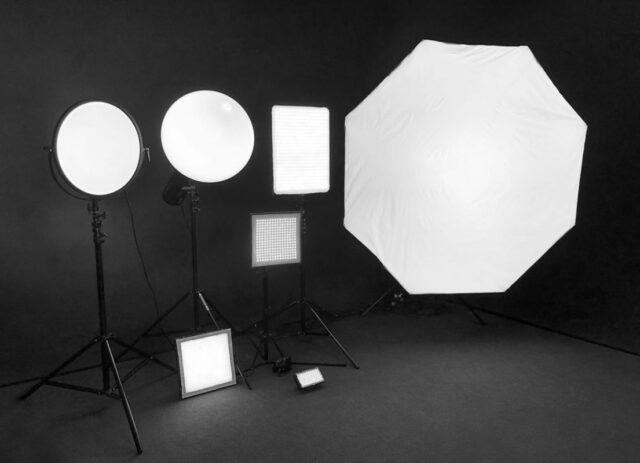
If you are serious about joining the world of photography and videography, you have to be serious about learning the ropes. It takes a lot more than just a camera to call yourself a photographer or videographer. One of the things you need to understand is the difference between continuous lighting and strobe lighting.
Continuous lighting is a type of lighting that emits a constant light, whereas strobe lighting is a type of lighting that emits pulses of light. Both have their own advantages and disadvantages, which we will discuss in this article. So, let’s take a look at the continuous lighting vs strobe lighting.
What Is Continuous Lighting?
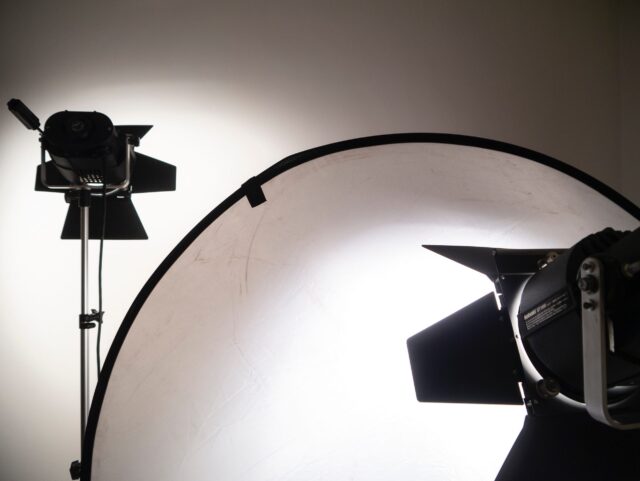
Continuous lighting is would be your standard household light bulb or anything else that emits a constant stream of visible light that can be used to illuminate a subject. They could be LED, they could be tungsten, but at the end of the day, continuous lighting meaning is simple – it emits a beam of constant light.
What Is Strobe Lighting?
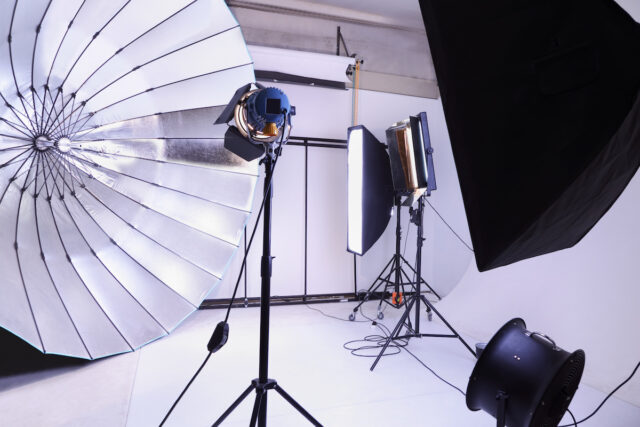
Strobe lighting, on the other hand, emits pulses of light at a very high rate. In photography, you know these as flashes. These can be used on their own or in conjunction with continuous lighting to create different effects.
What Are The Key Features Of Continuous Lighting?
There are a few key features of continuous lighting that make it advantageous in certain situations.
A Better Option For Video
If you are shooting video, then LED continuous lighting for video is going to be a better option for you than strobe lighting. In fact, you wouldn’t ever use flashes to film video. Just some LED lights emitting a constant beam and provide…
Cinematic Look
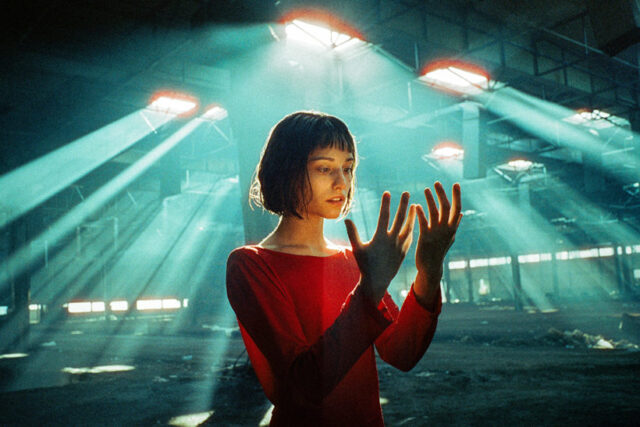
A more cinematic look as it emulates the look of natural light. This is opposed to strobe lighting which can give your video a flicker effect that can be quite off-putting and unpleasant to look at. But, what also gives this cinematic look is the option to use diffusers and gels to really set the mood.
More Affordable
Generally speaking, continuous lighting is going to be more affordable than strobe lighting. Even the best continuous lighting for photography will. For example, COLBOR offers continuous lighting that appears in a continuous spectrum and all of their products, LED or not, are more than pleasant on your wallet.
You Get To See The Light
With continuous lighting, you can actually see the light that is being emitted. This can be quite helpful as you can see how the light is affecting your subject and make adjustments accordingly. Super useful if you are a beginner.
Easy To Set Up And Modify
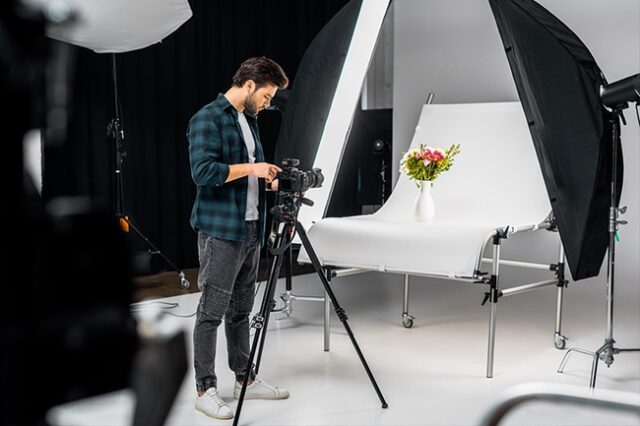
Continuous lighting is also quite easy to set up and modify. This is because all you need to do is find a power source and position your lights accordingly. Even if you want to get more technical, all you’ll need to add are some diffusers, maybe some gels, or set the temperature of the lights.
What Are The Key Features Of Strobe Lighting?
Here are the key features of strobe lighting.
Fast Shutter Speeds
Because a flash emits a pulse of light, you can use a faster shutter speed. This is will allow you to take crisper, sharper photos in the nick of time. This is perfect for sports photography or any other type of photography where timing is key.
Low ISO
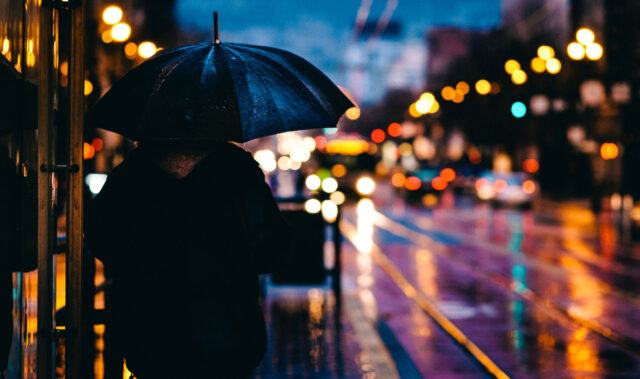
Another advantage of using strobe lighting is that you can use a lower ISO setting. This is because the light is so bright that you do not need to compensate with a higher ISO setting. But, what’s actually good about this is that lower ISO (ISO 100 for example) means the best possible photos.
More Powerful
Strobe lighting is generally more powerful than continuous lighting. This means that you can use less effective and powerful strobes to achieve the same effect as you would with continuous lighting – if not even better.
Capturing The Moment
Another advantage of flash is that you can use it to capture moments that would be otherwise difficult to capture. Thanks to a burst of light and a fast shutter speed, you can capture the motion without any blur or fringing, and have your subject properly isolated in time.
Crushing Ambient Light
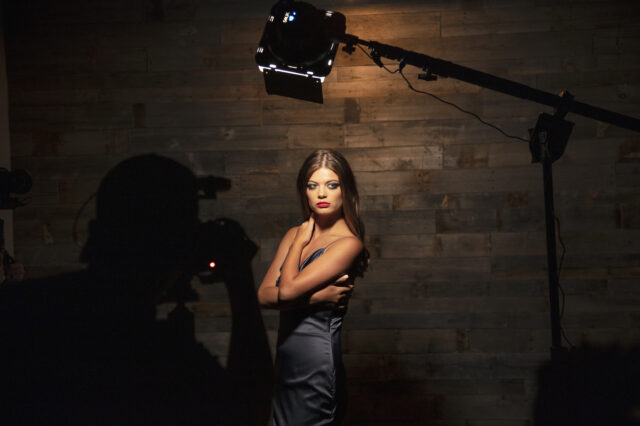
Strobe lighting can also be quite helpful if you are trying to crush ambient light. A flash is so bright that it can easily override any ambient lighting – including the sun. This can be quite helpful if you are shooting in difficult lighting condition or you don’t want the ambient light to affect your portrait.
Takes Time To Master
One downside (but still a defining feature) of strobe lighting is that it can take some time to master. Not only are you not able to see the light before taking the shot, but it really takes time learning how to diffuse the flash, match the ISO, set the proper shutter speed, work on exposure etc.
Final Thoughts – What Are The Differences Between The Two?
So, what are the key differences between continuous lighting and strobe lighting?
Generally speaking, continuous lighting is going to be more affordable than strobe lighting. This is because strobes tend to be quite specialized equipment that can be quite expensive. Continuous lighting, on the other hand, uses LED fixtures that are much more affordable.
Another key difference is that with continuous lighting, you can actually see the light that is being emitted. This can be quite helpful as you can see how the light is affecting your subject or your scene. With strobe lighting, on the other hand, you cannot see the light until after it has already been emitted, so it can be more difficult to “predict” your shot.
Continuous lighting is also a much better option for video – whether it’s movies, TV shows or YouTube videos. Even if you try and shoot with a flash on – there’s a good chance you’ll experience flickering in your video, and that’s just not acceptable.
All in all, you can use both if your work requires you to do so. However, if you are just starting out, then continuous lighting might be the better option as it is more affordable and easier to use. Strobe lighting can be quite powerful but it does take some time to master.













